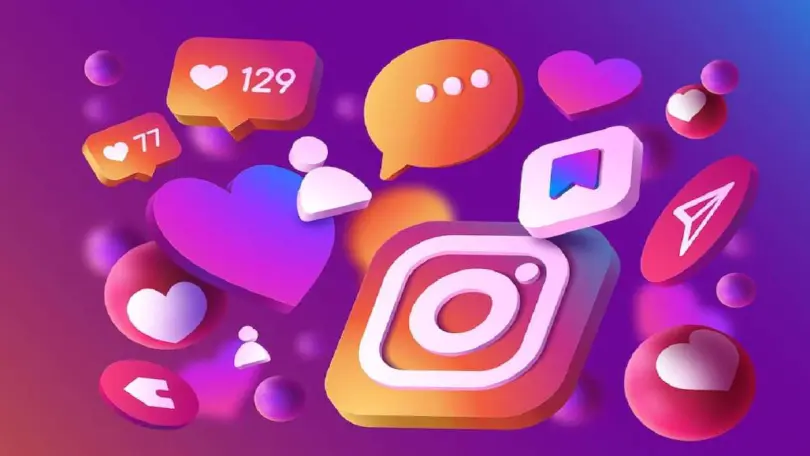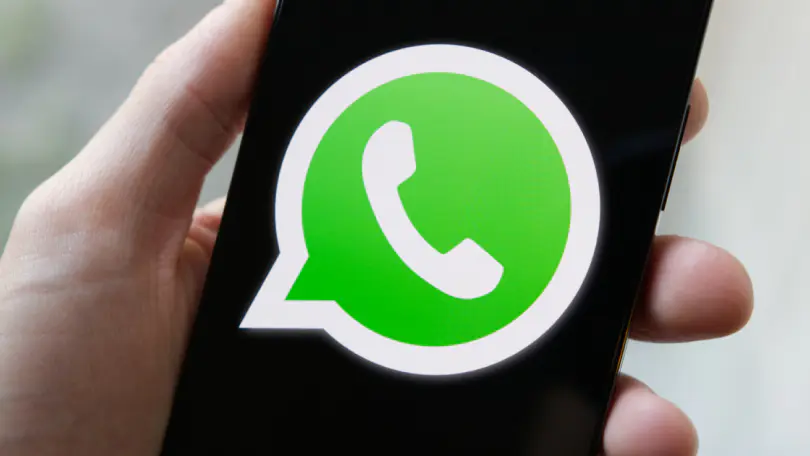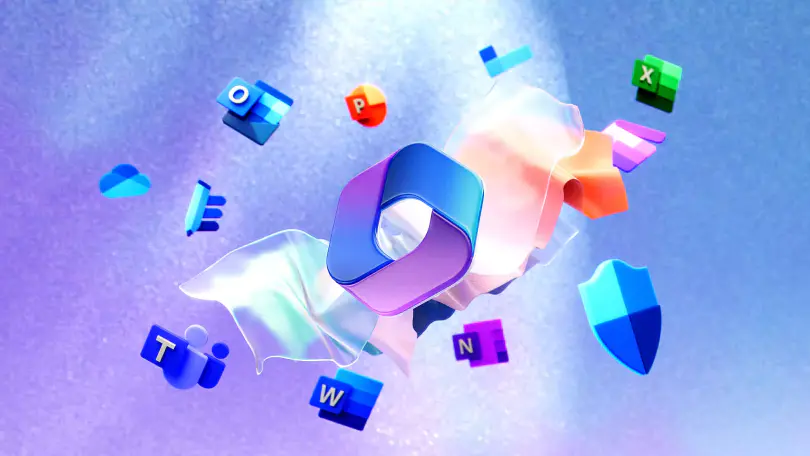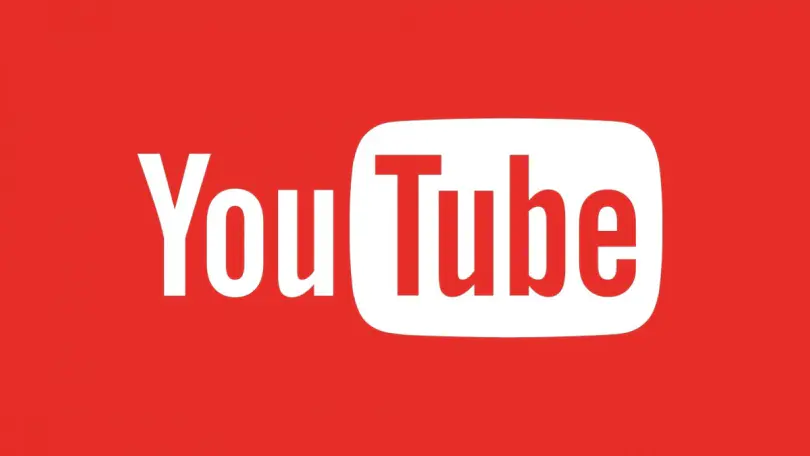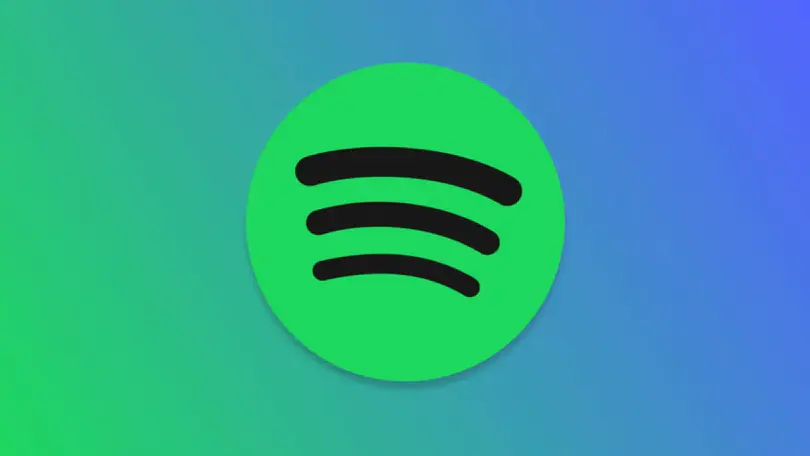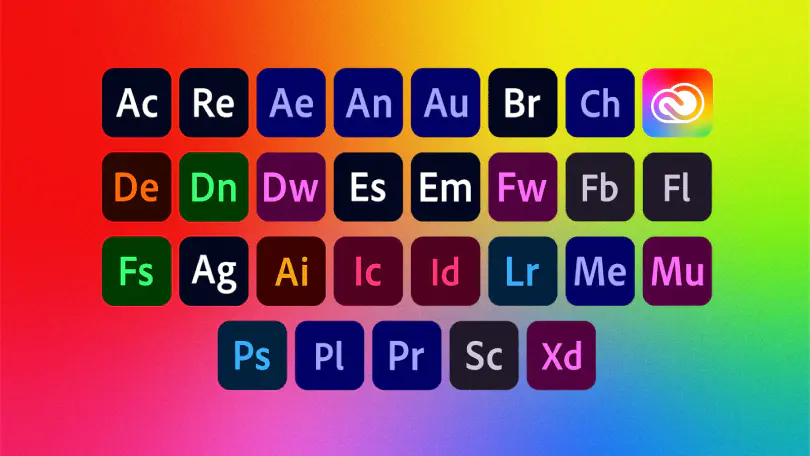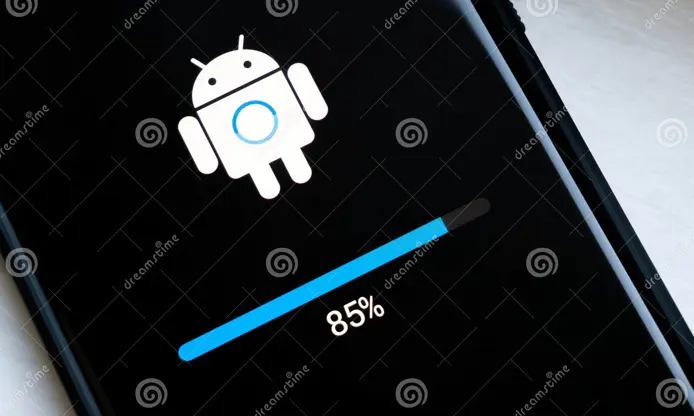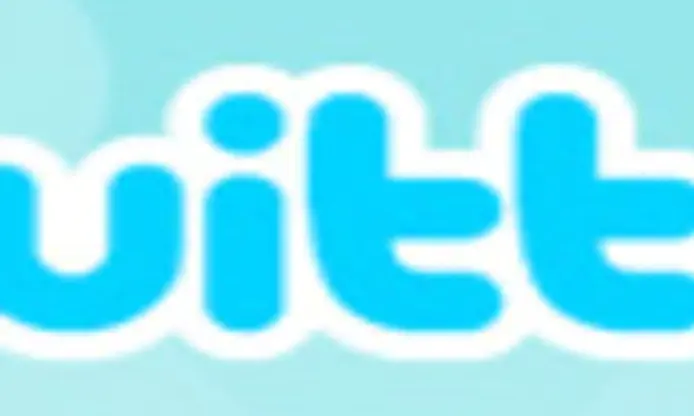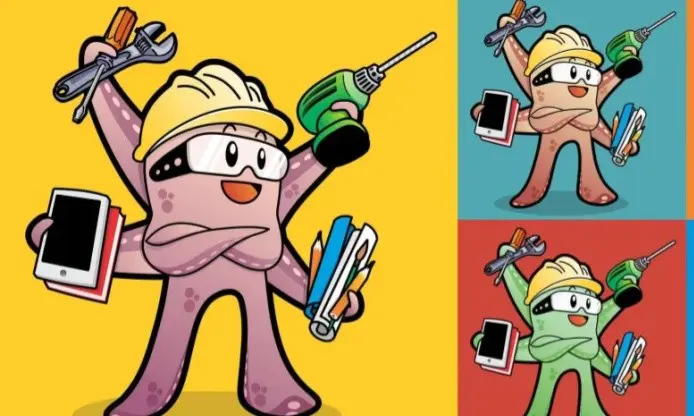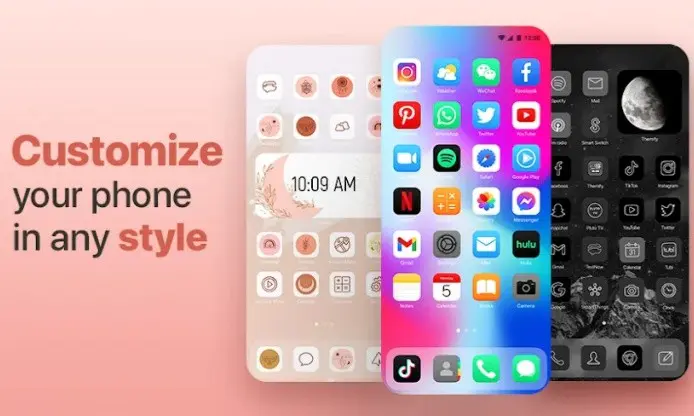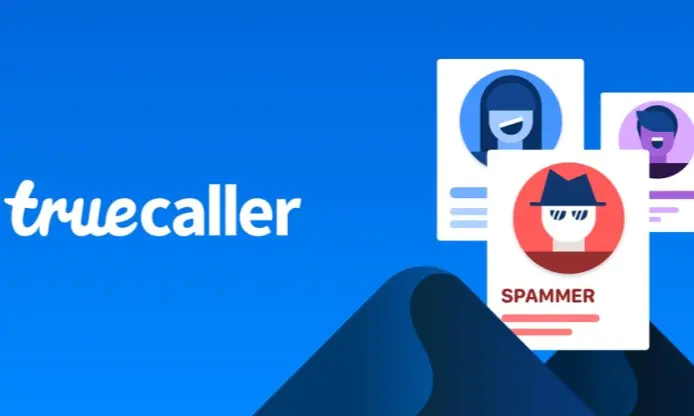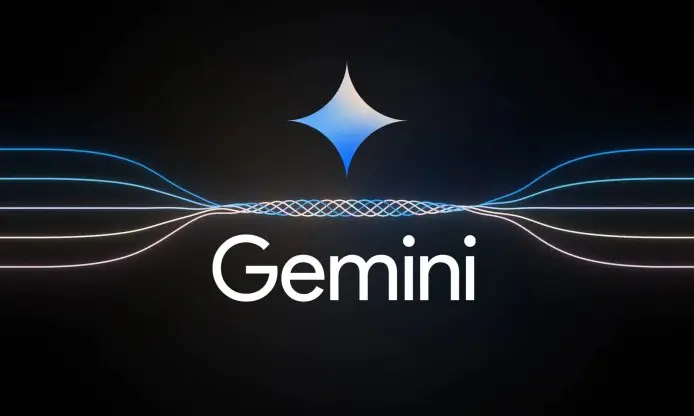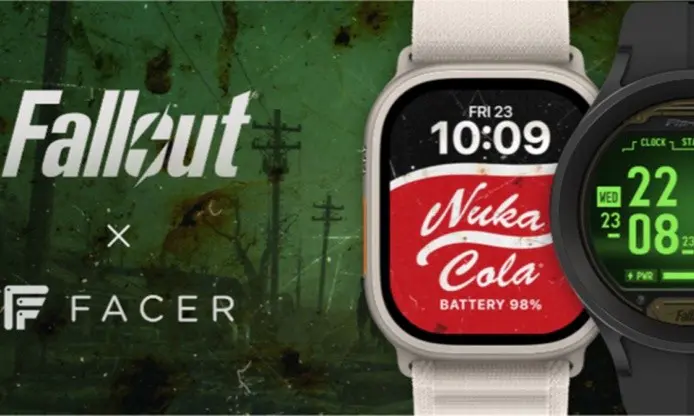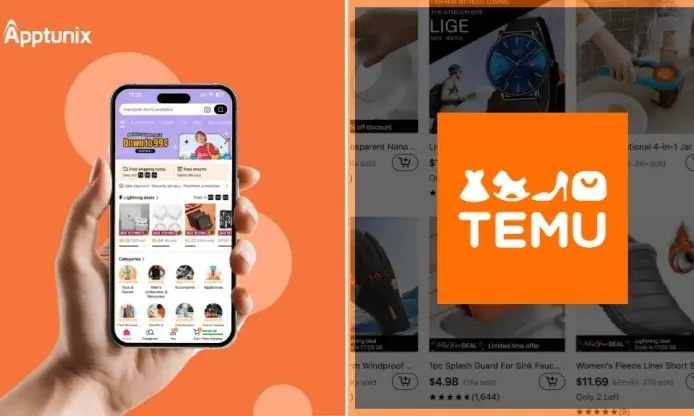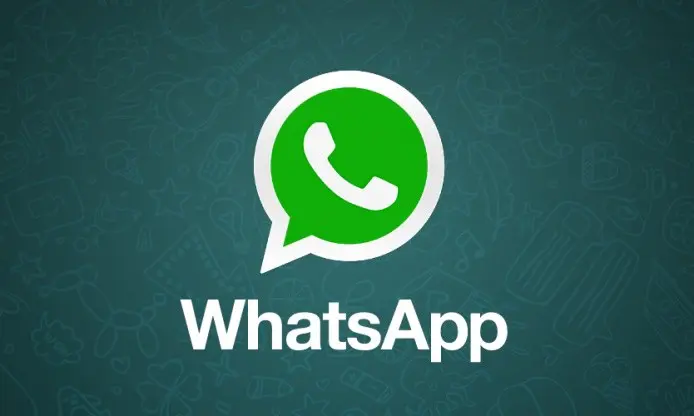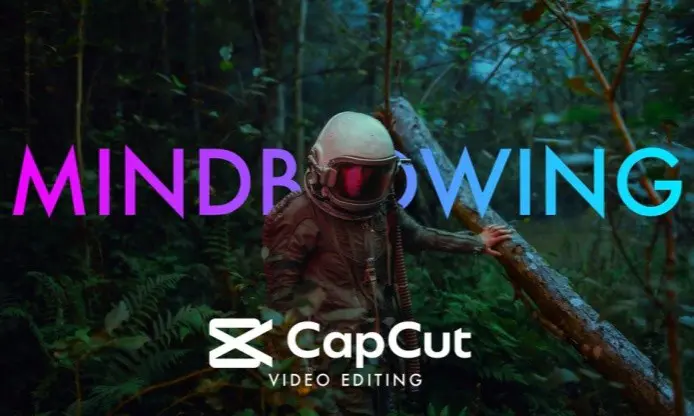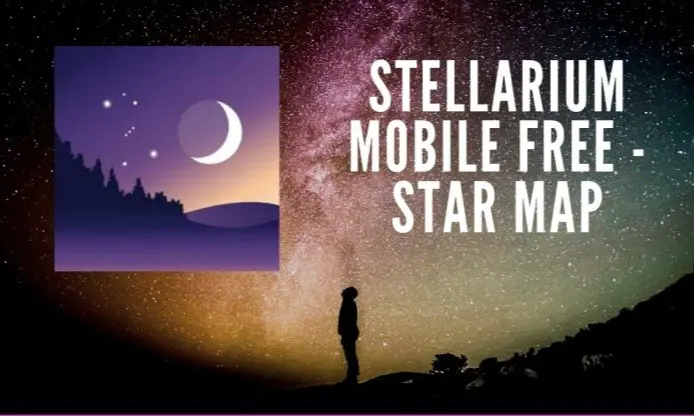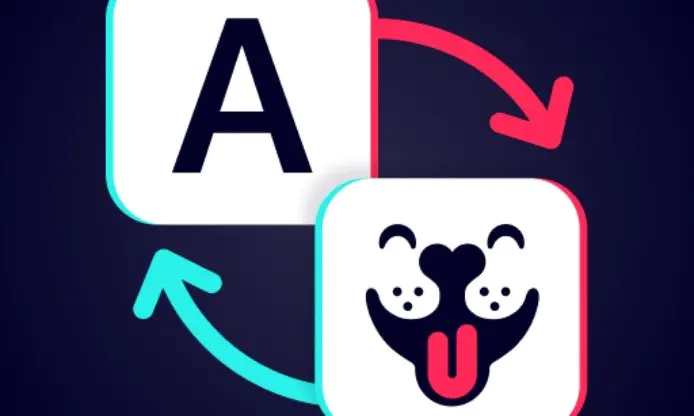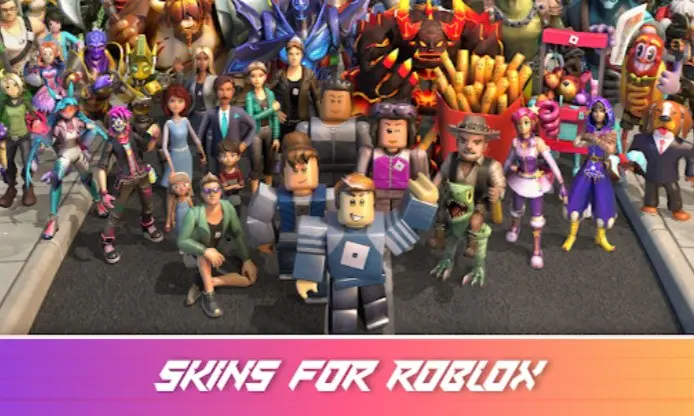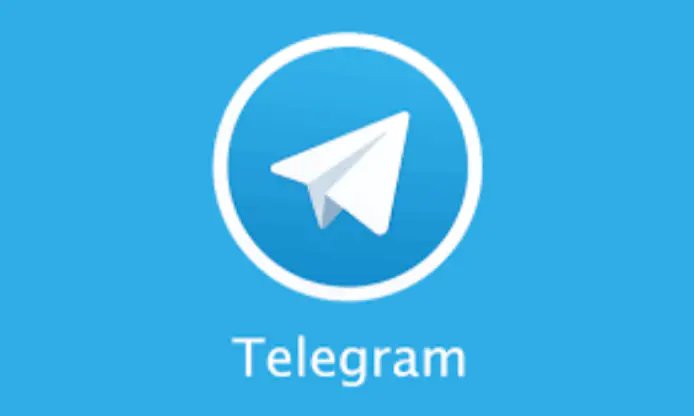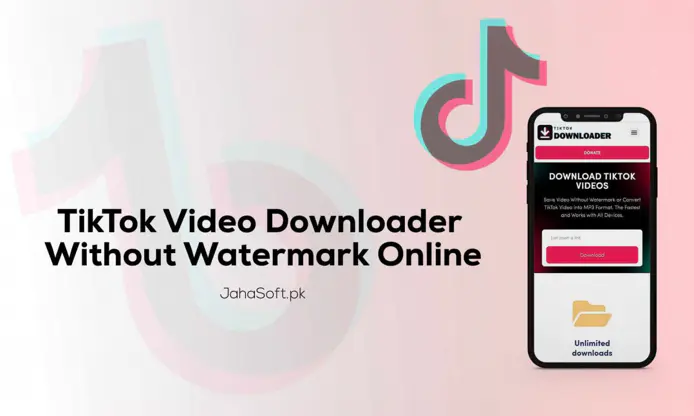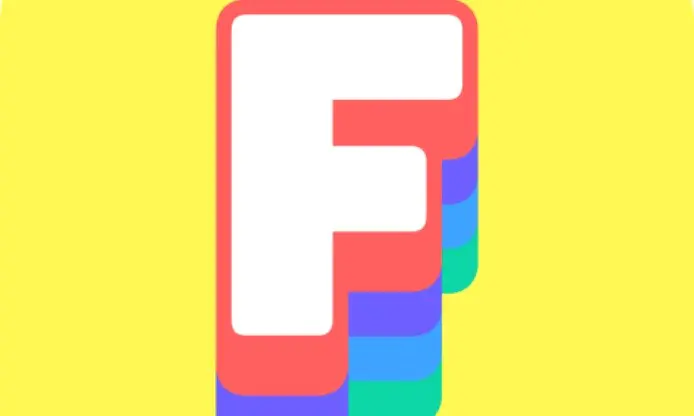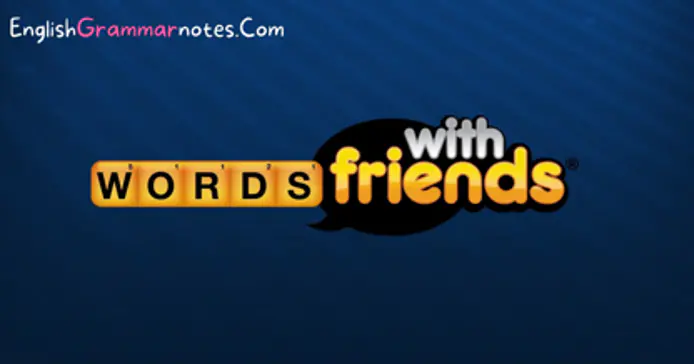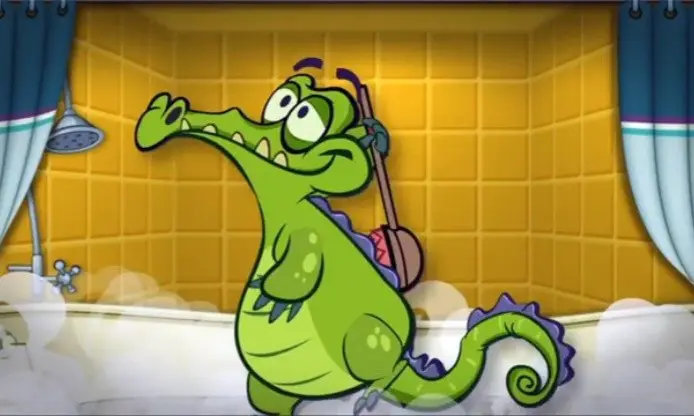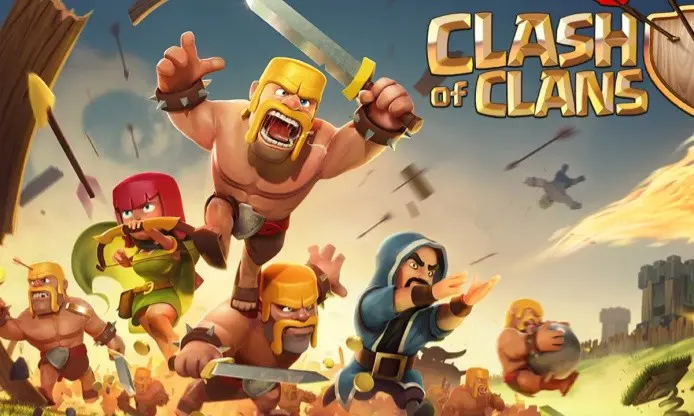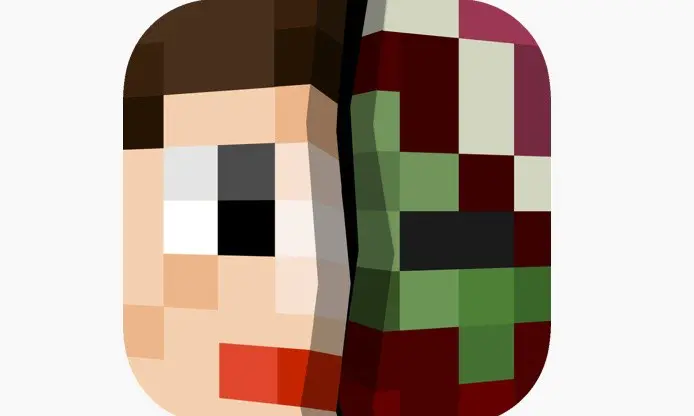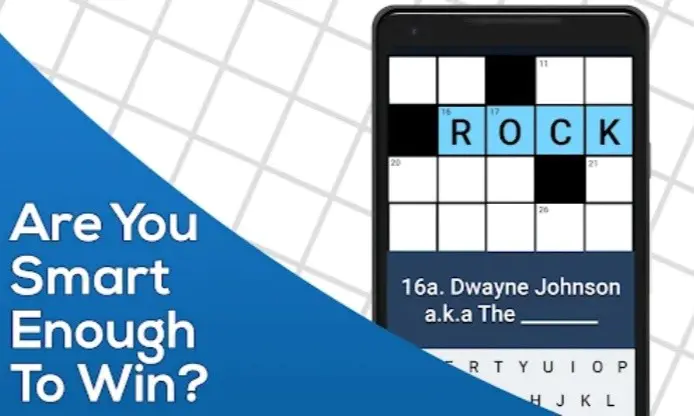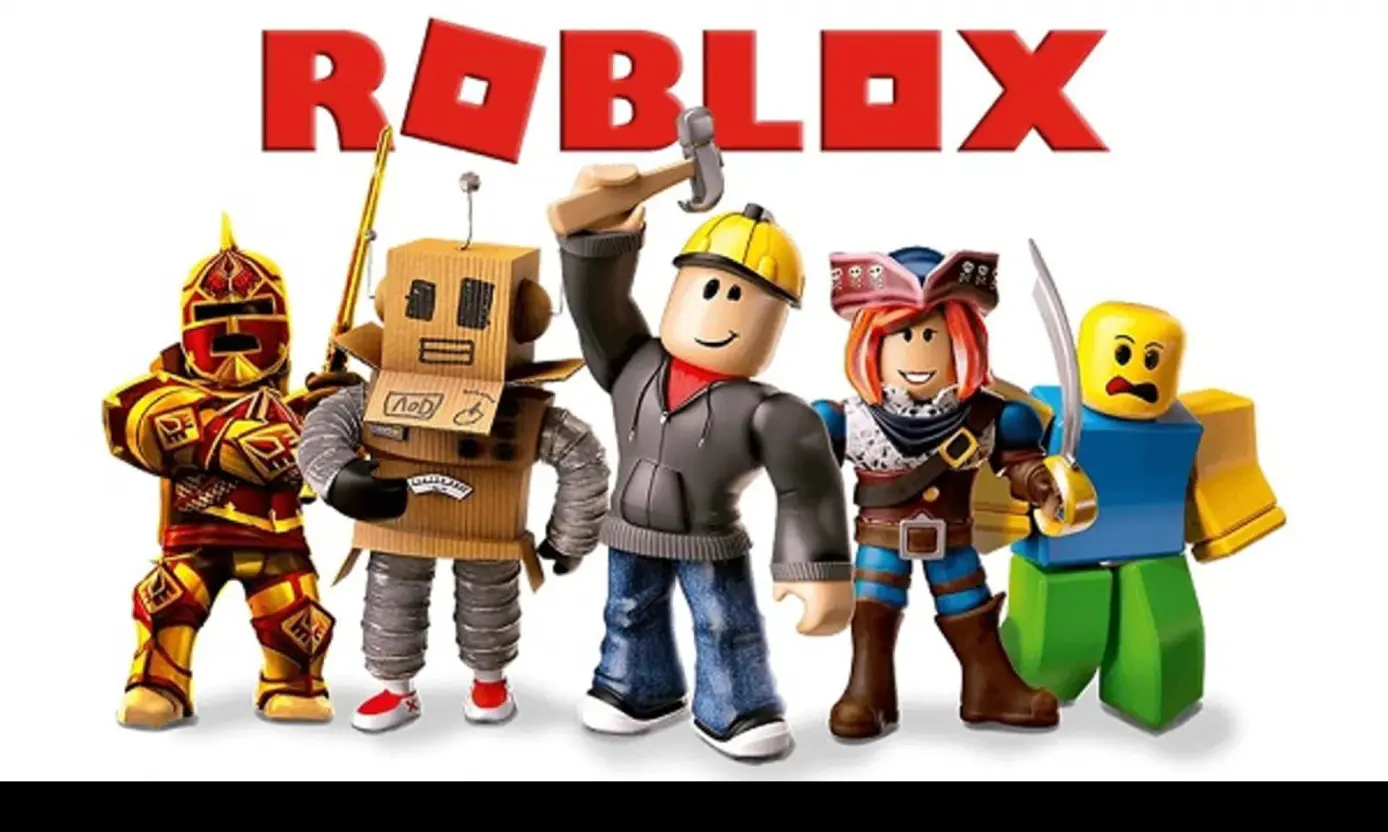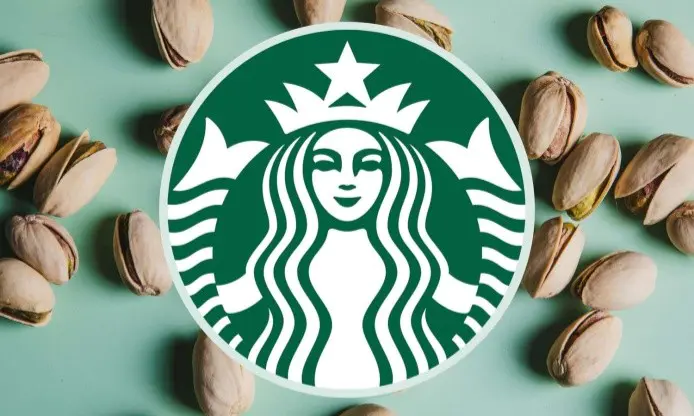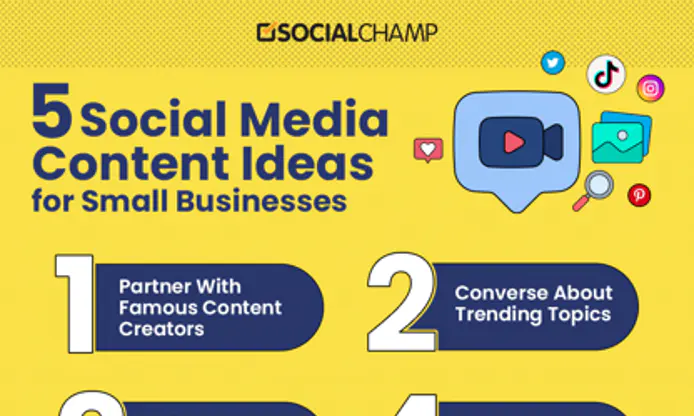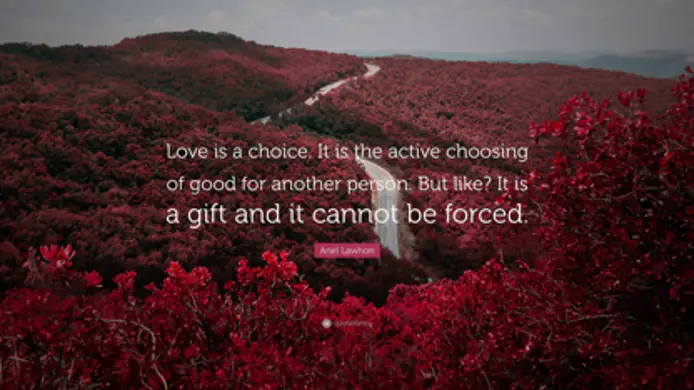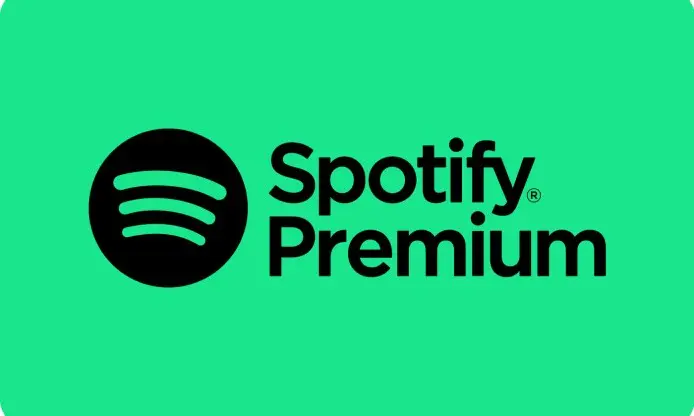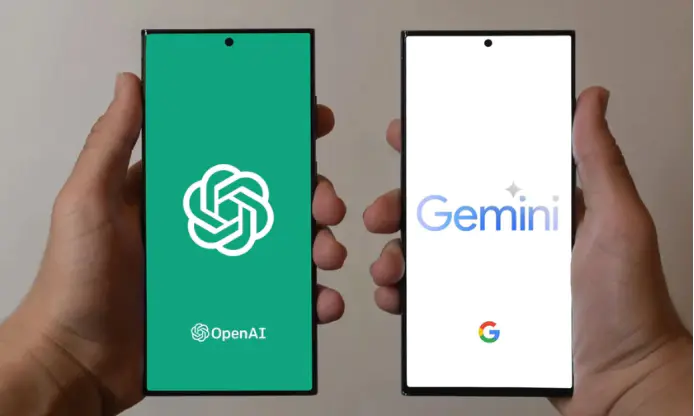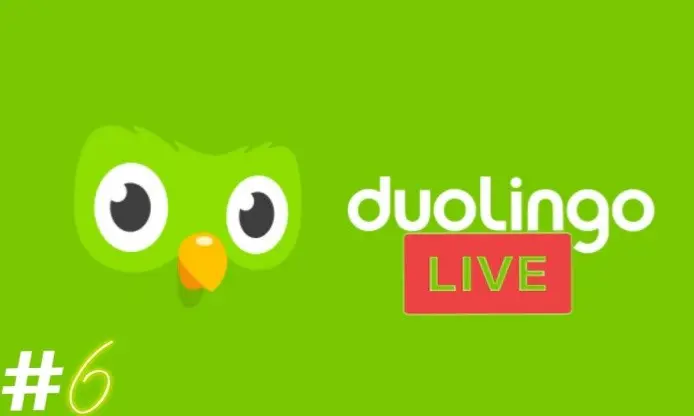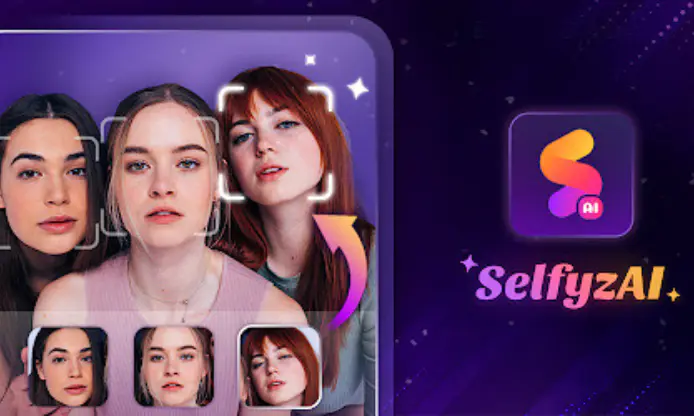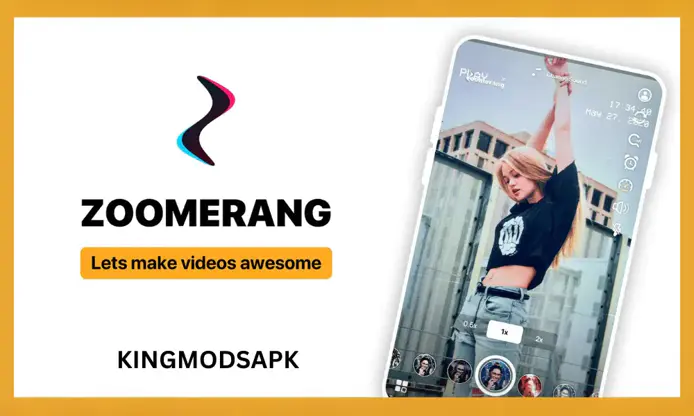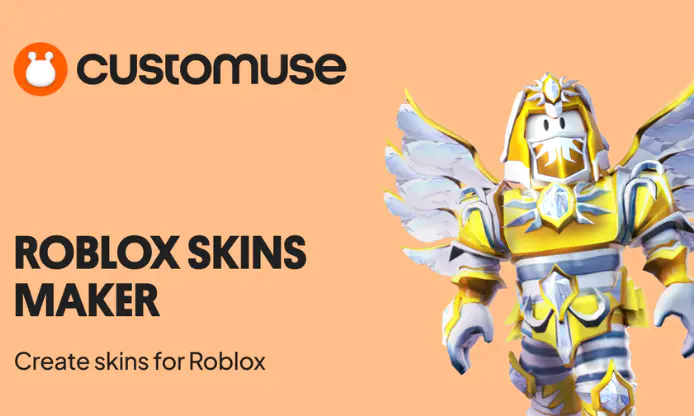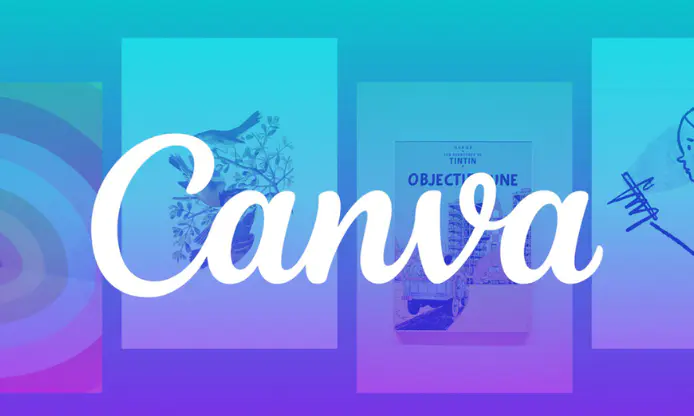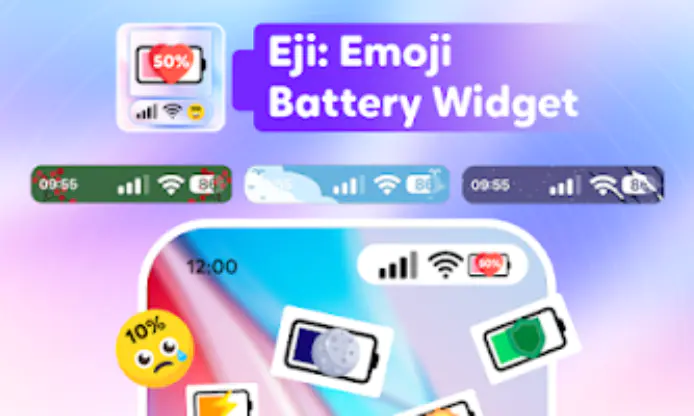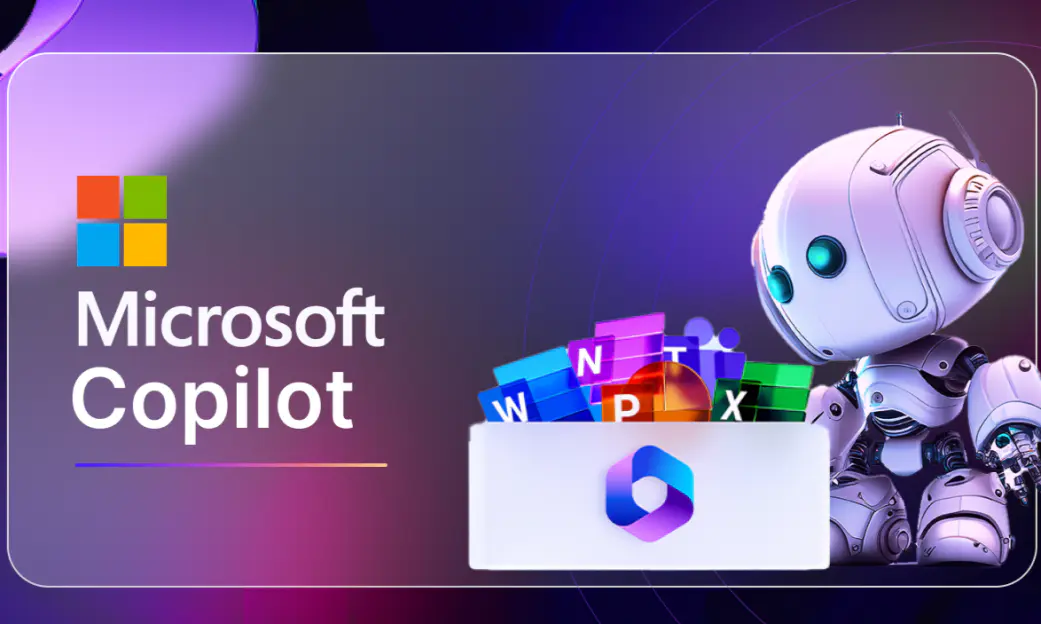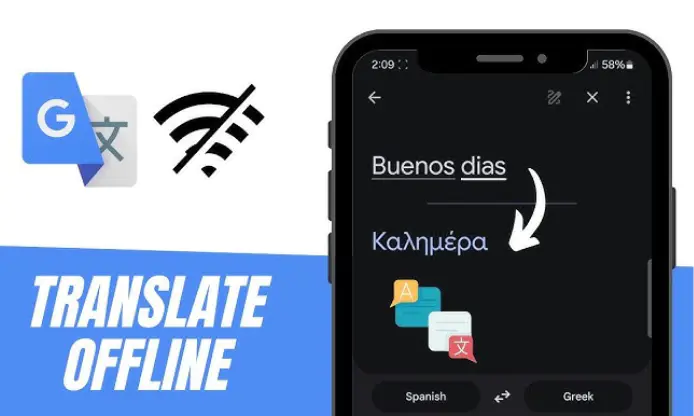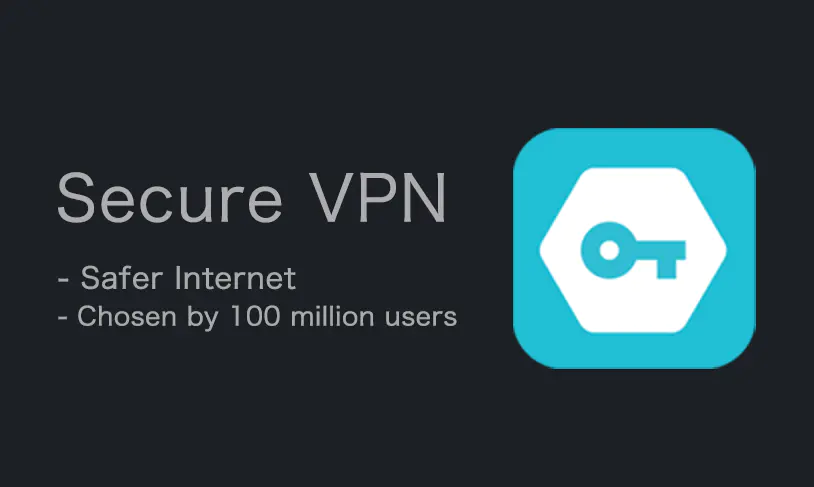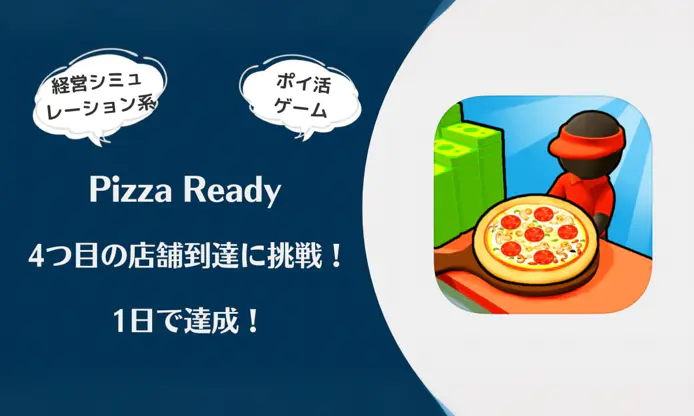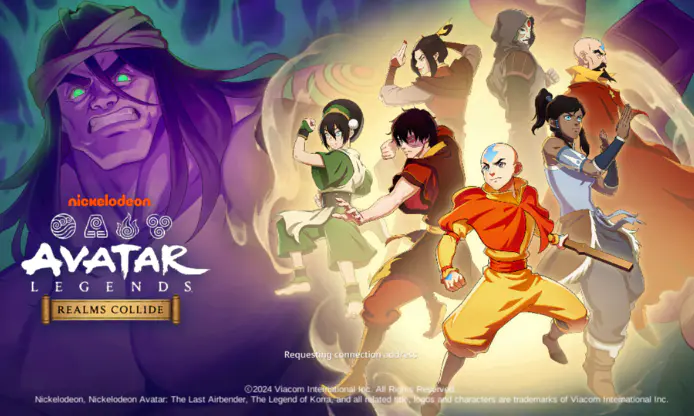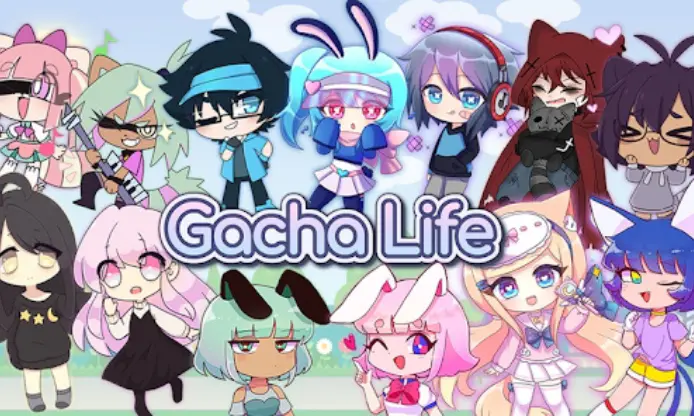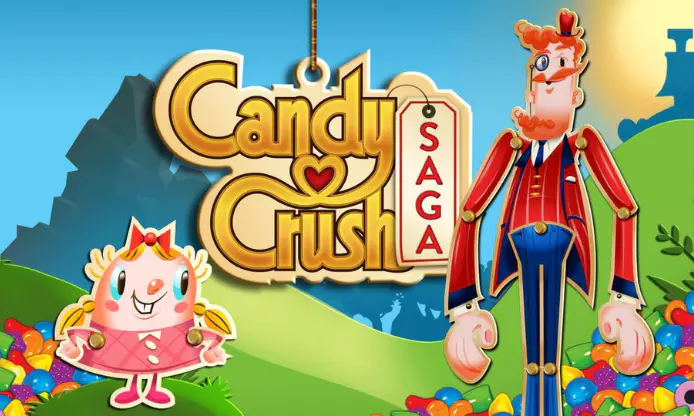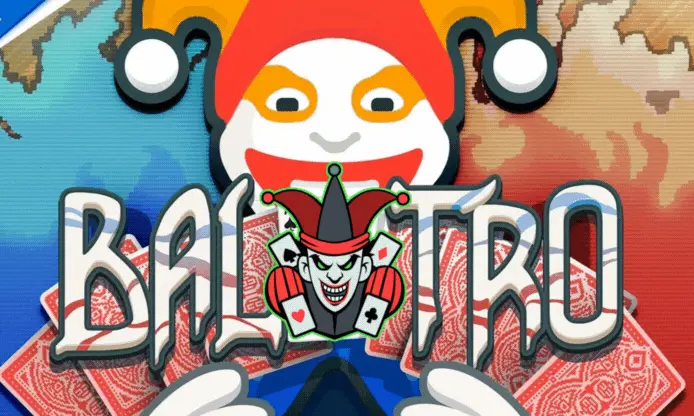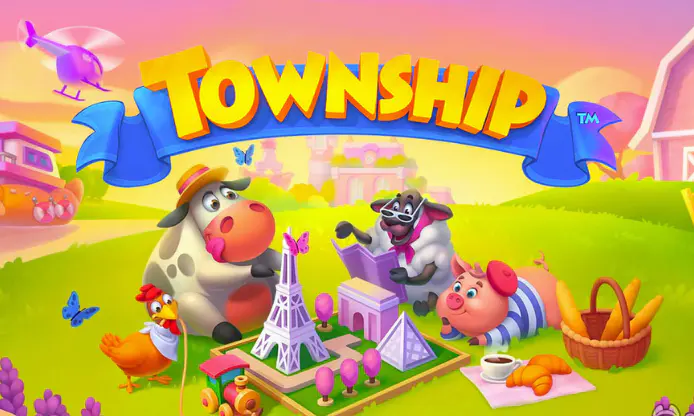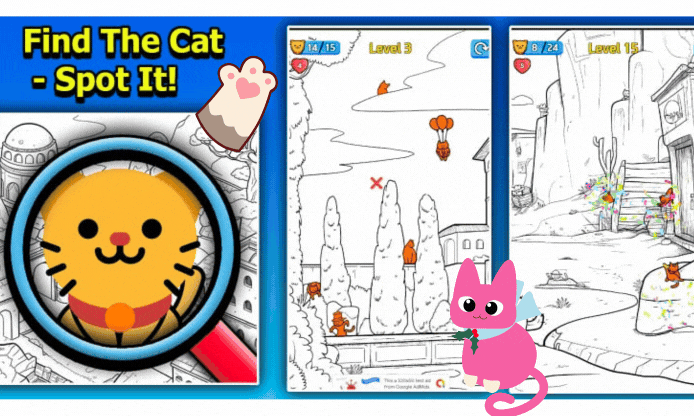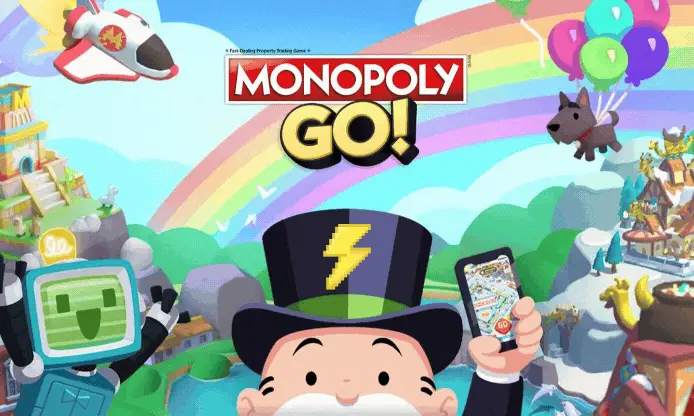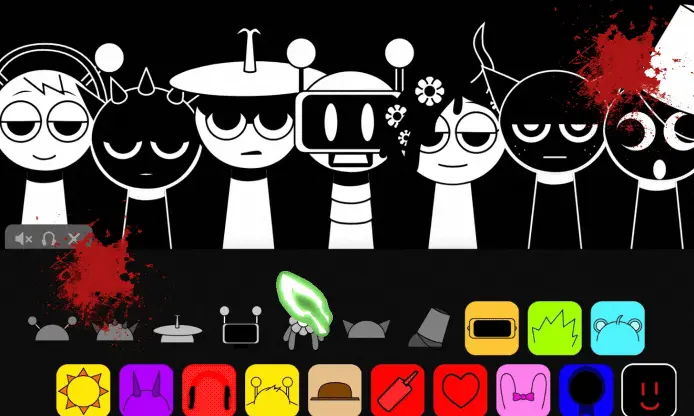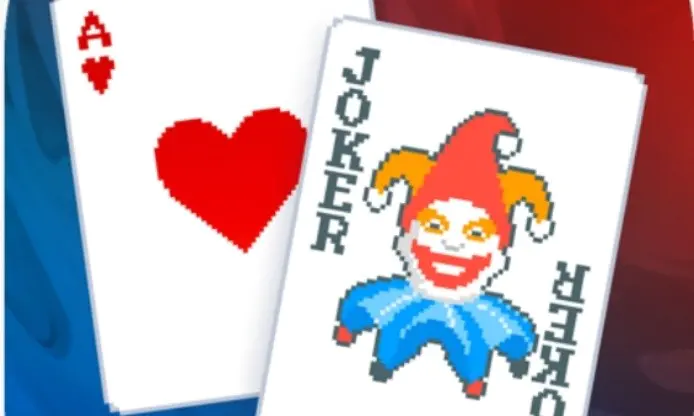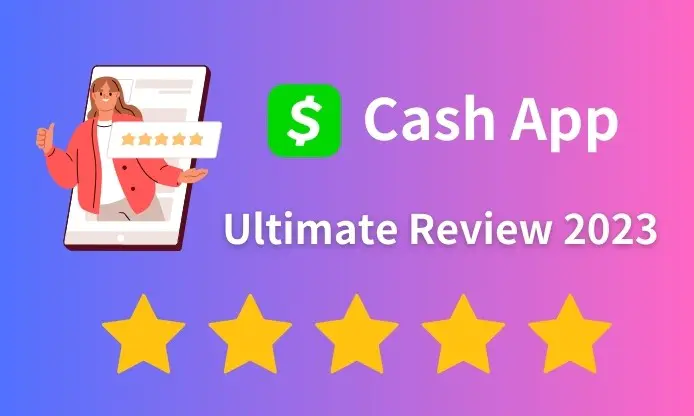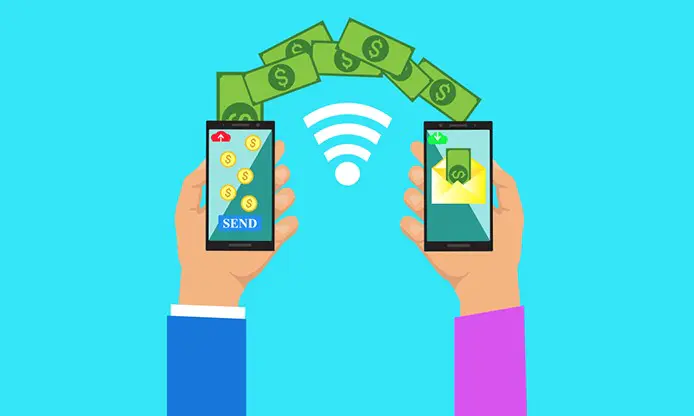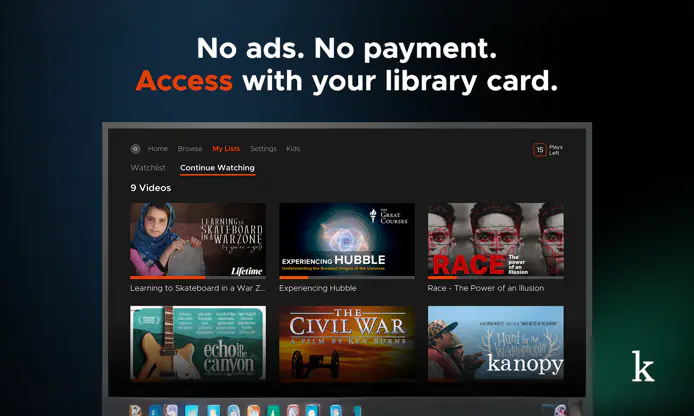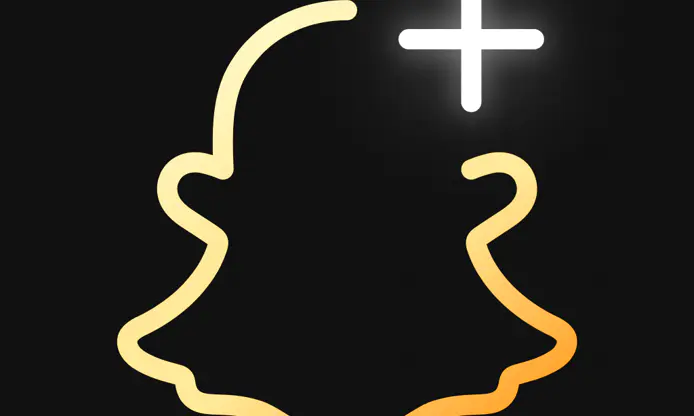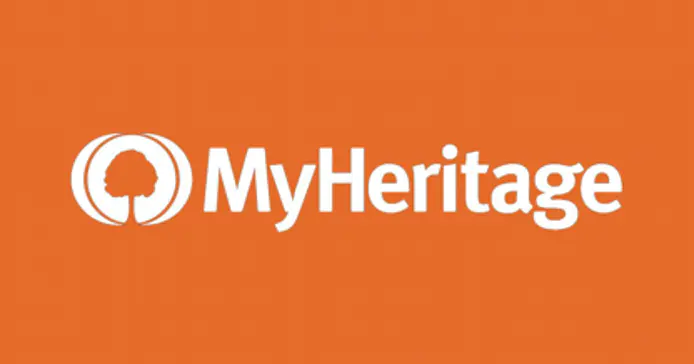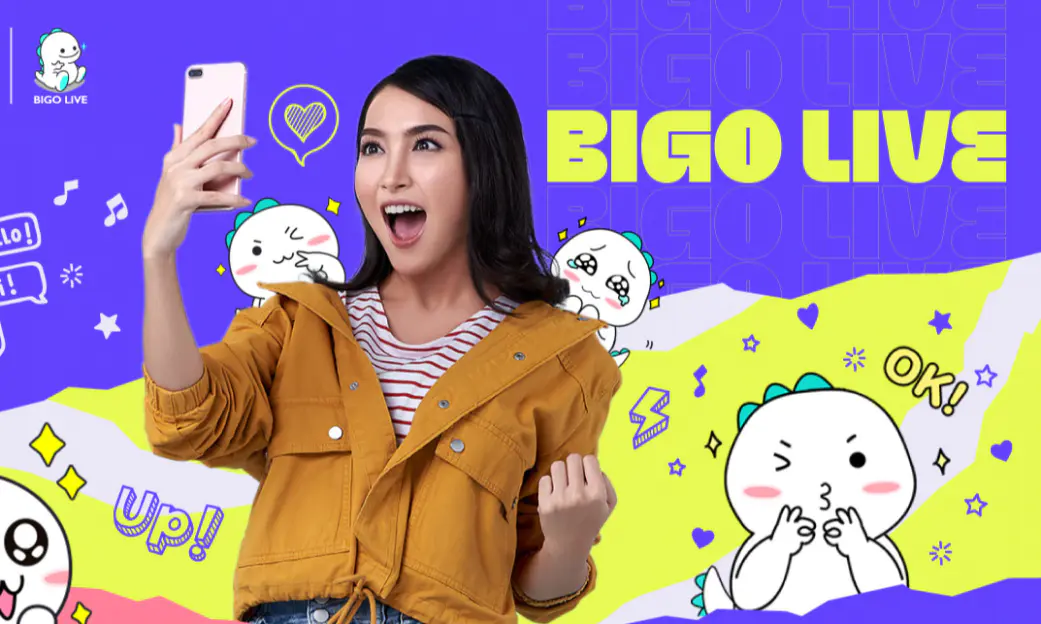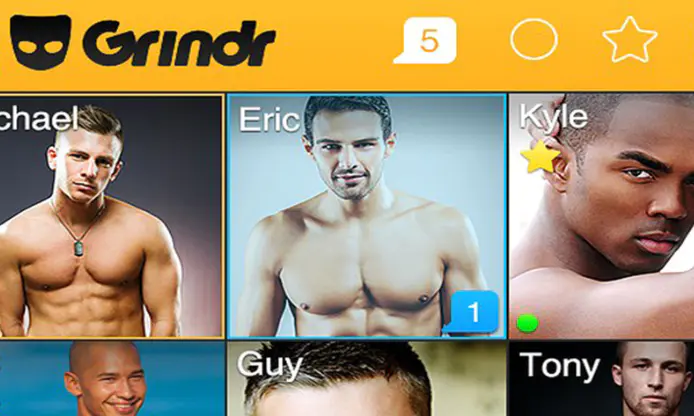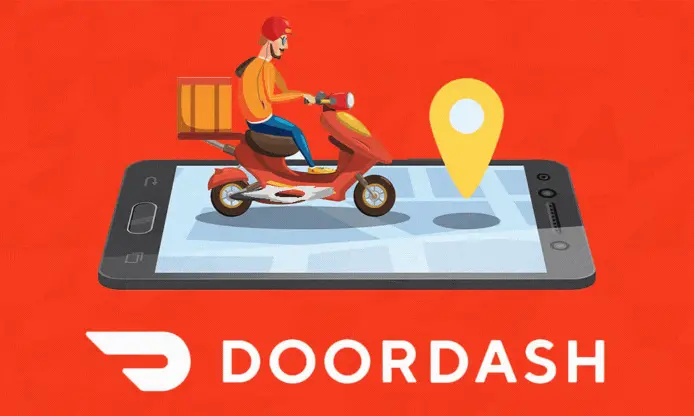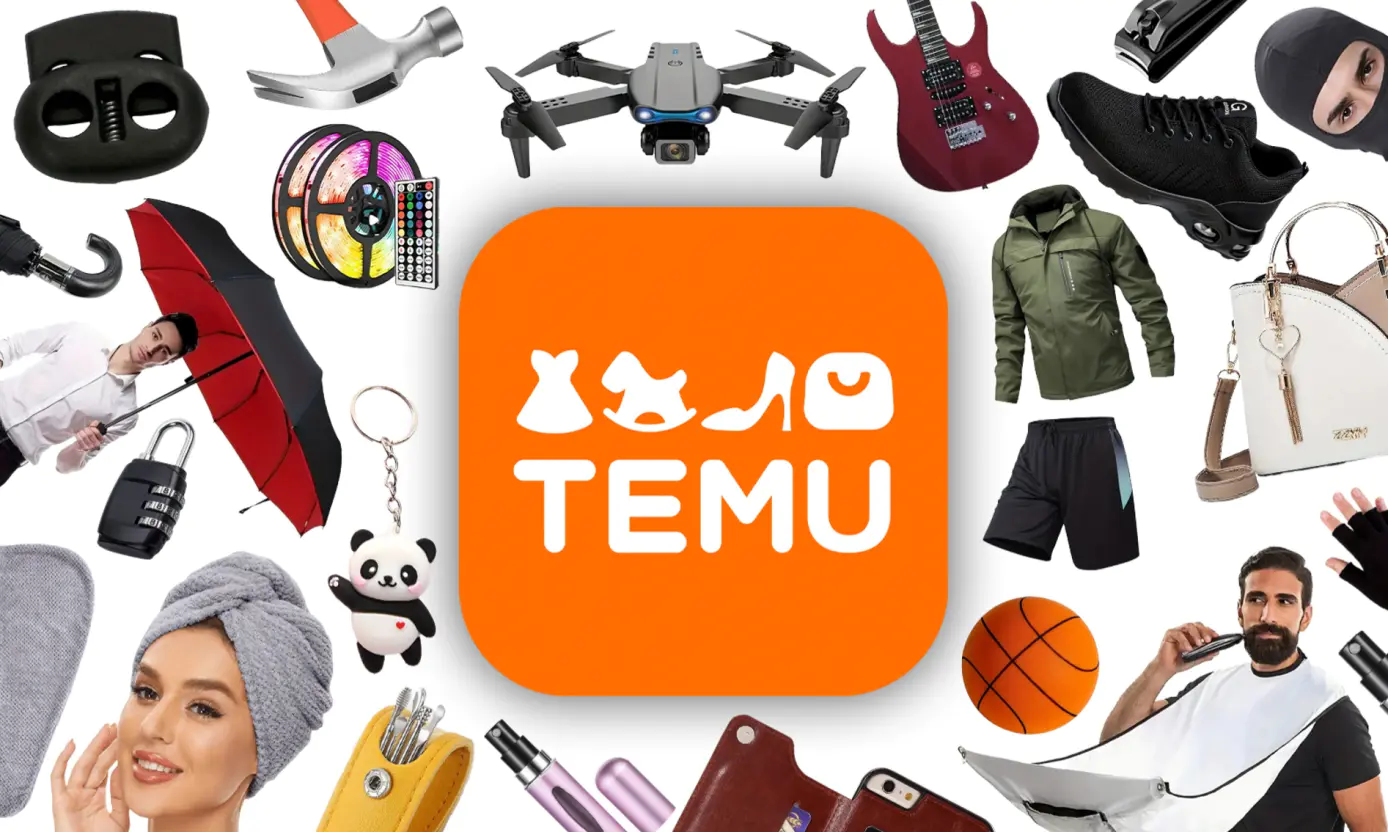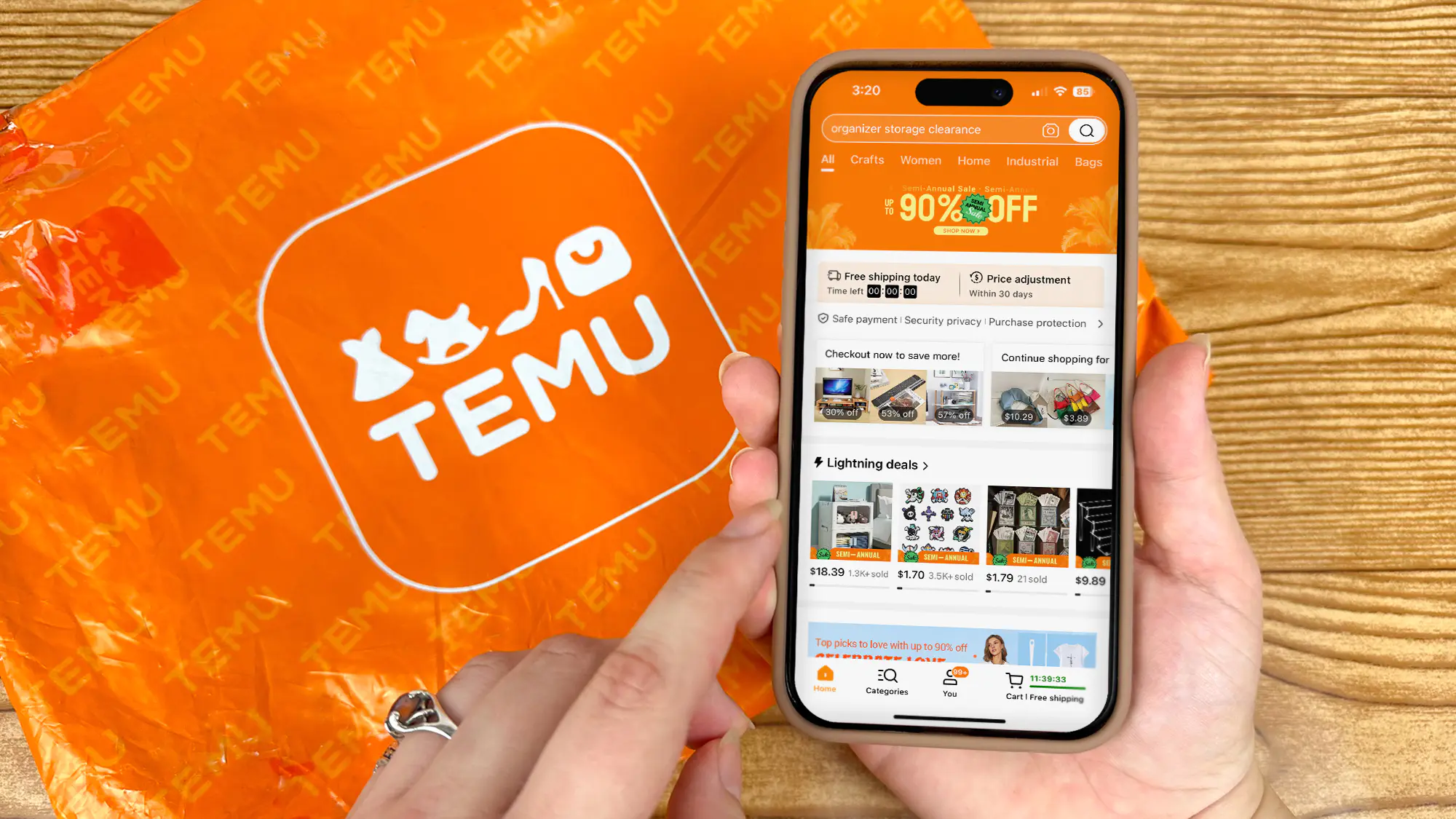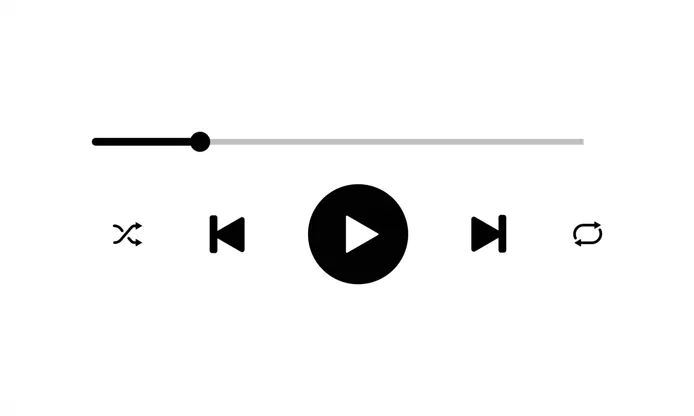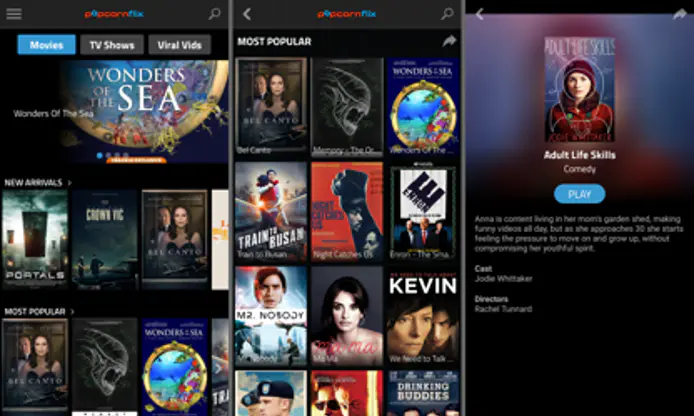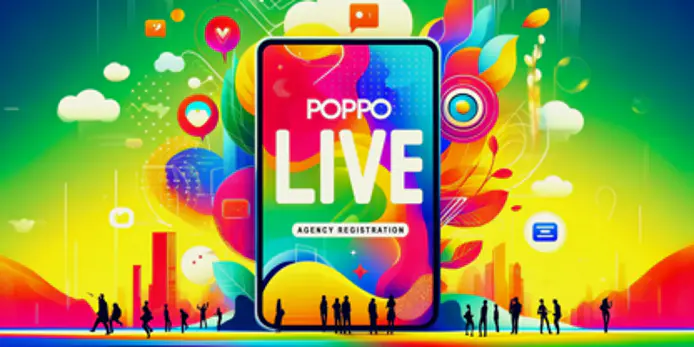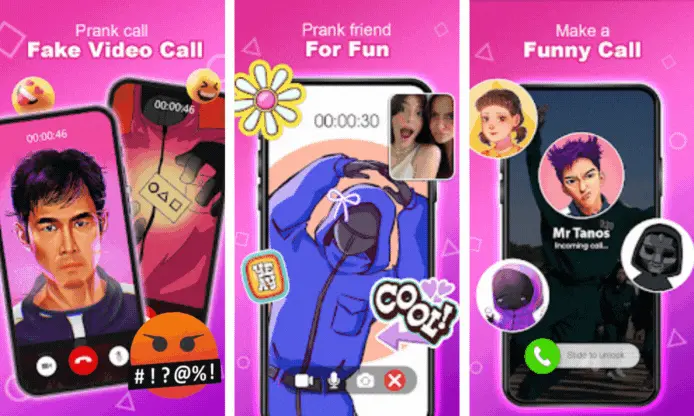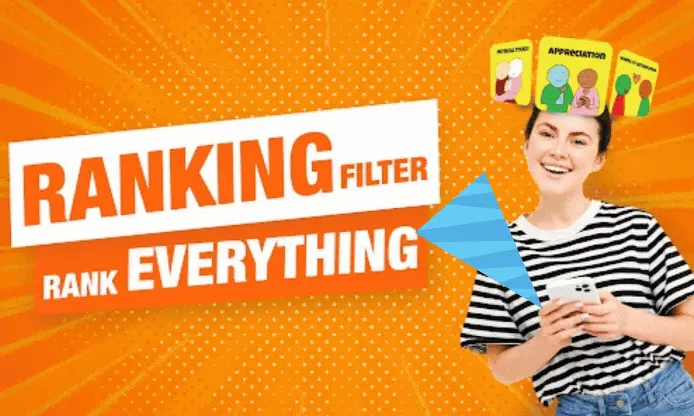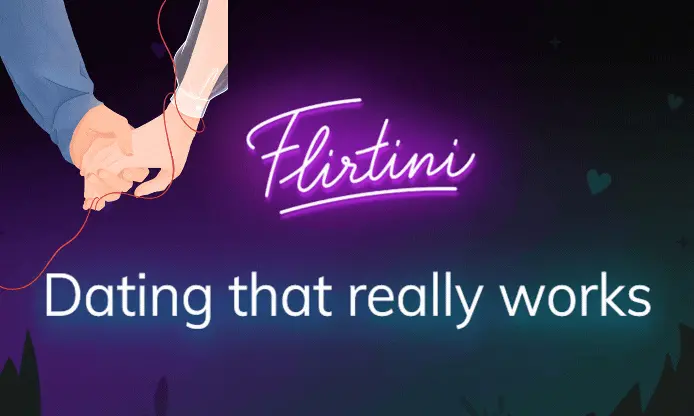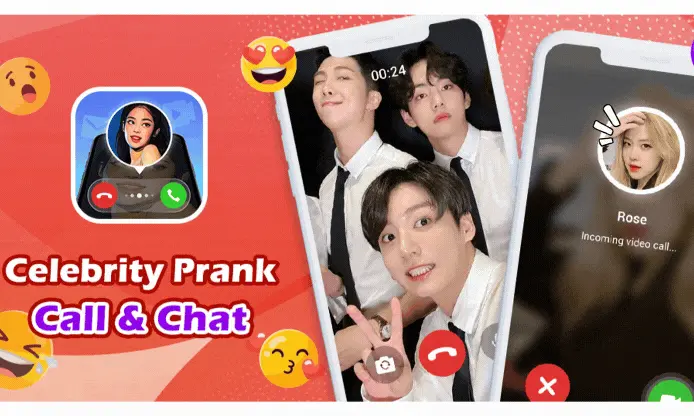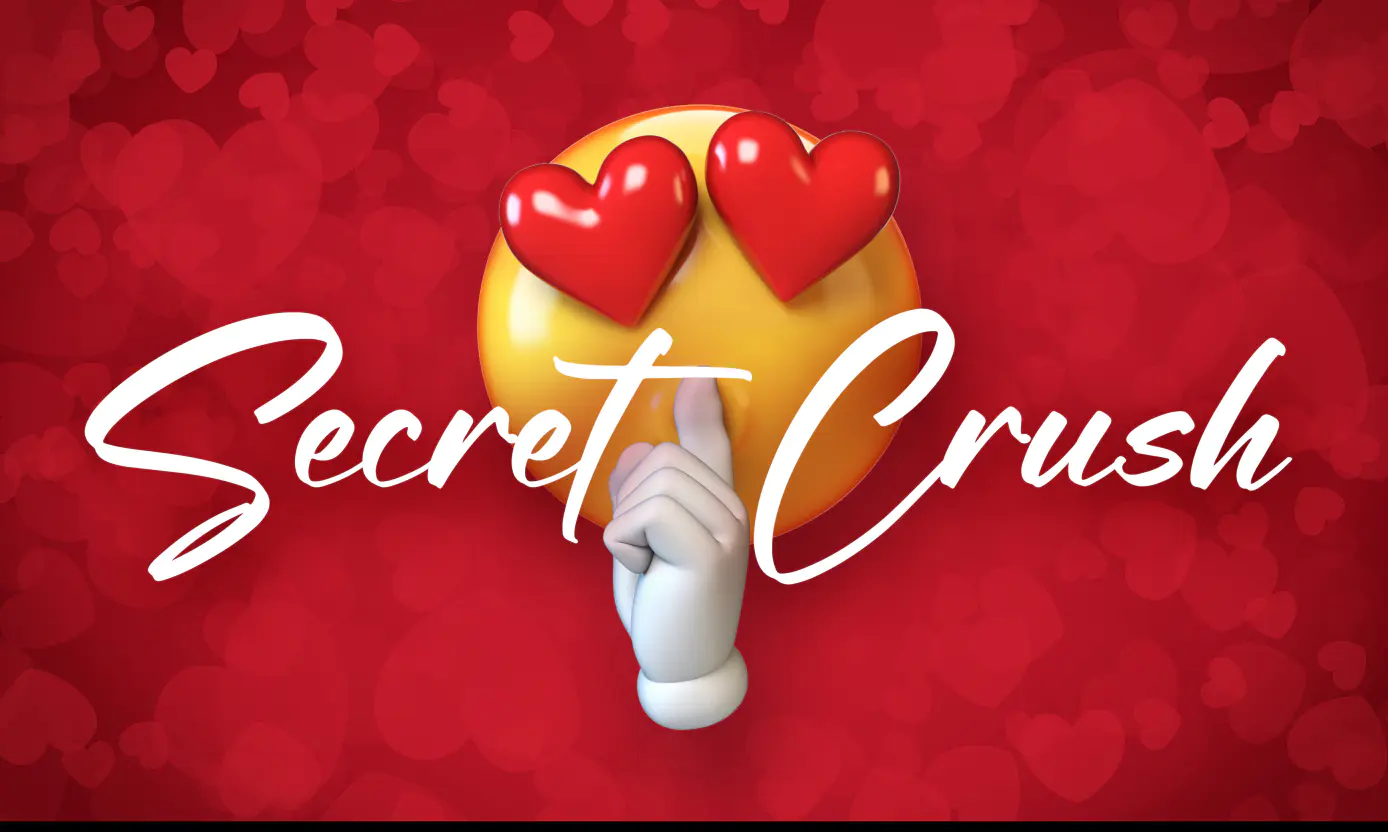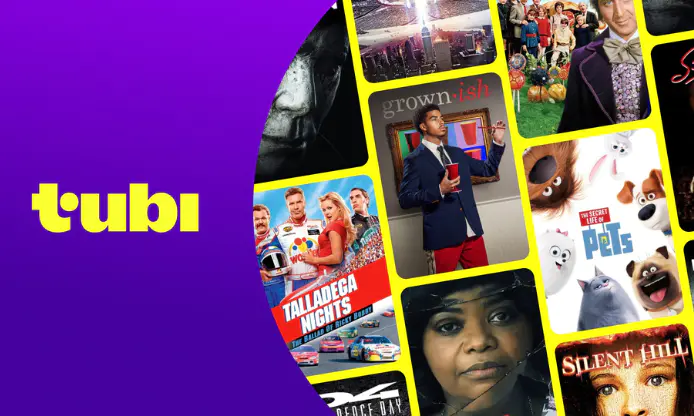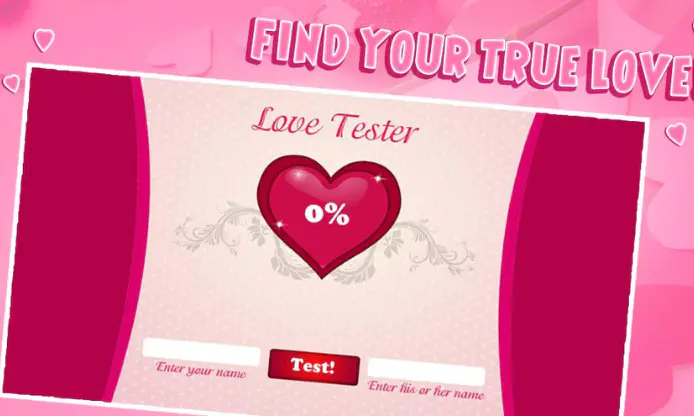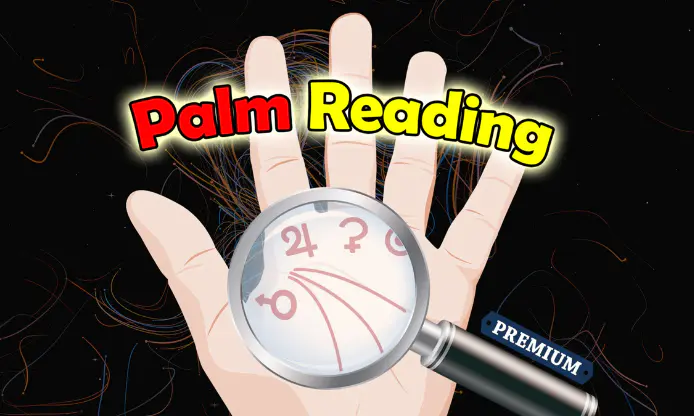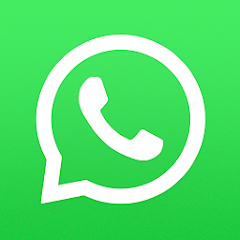Duolingo’s “Death of Duo” Stunt: How a Viral Hoax Revolutionized Language Learning

On April 1, 2024, a fan-made TikTok video declaring sparked a global frenzy. The clip, featuring an AI-generated eulogy and melancholic piano music, quickly spread to Twitter/X, where the hashtag #RIPDuo trended for 72 hours. Duolingo’s official account added fuel to the fire by tweeting, — a nod to the app’s infamous reminder notifications.
320% increase in downloads: According to Sensor Tower, saw a during the campaign, with 40% of new users citing the viral meme as their reason for joining. In-app purchases (like “Streak Freezes”) spiked by 45%, and Google Trends recorded a 1,250% surge in searches for — proving that even morbid curiosity drives growth.
Duolingo’s CMO, Zaria Parvez, later admitted the campaign was a pre-planned “emotional shock tactic” to reignite user engagement. By leveraging Gen Z’s obsession with meme culture and dark humor, the brand tapped into a 72-hour news cycle dominated by outrage and confusion. The strategy mirrored Netflix’s controversial challenges but targeted a younger, digitally native audience.
While the stunt boosted metrics, it drew fire from parent groups and mental health advocates. The called it and Reddit’s r/Duolingo community split into heated debates. One user wrote:
math and music modules: In March 2024, Duolingo expanded beyond language learning with . Designed for “bite-sized brain training,” these courses attracted 5 million users within a month. Surprisingly, 60% of math users were adults aged 35–50 seeking to sharpen skills for career advancement.
user frustration levels: Powered by GPT-4, Duolingo’s AI now adapts lessons based on , detected via screen-tapping speed and error rates. Beta testers reported a 33% improvement in retention, with one stating:
Gen Z (18–24): : 55% use Duolingo for “social cred” via streak-sharing on Instagram.
Seniors (65+): : 30% enroll to delay cognitive decline, per a 2024 AARP survey.
Professionals: : Marketing teams use the app to craft multilingual campaigns.
From memes to AI-generated fan fiction about Duo’s “secret life,” users have turned the owl into an internet icon. TikTok’s #DuoMemes hashtad has 890M views, with creators monetizing content via Duolingo-affiliated sponsorships.
Duolingo’s success lies in blending game mechanics (like streaks) with emotional triggers (e.g., Duo’s “guilt-tripping” notifications). Competitors like Babbel focus on conversational fluency, while Busuu partners with LinkedIn for certification — but neither matches Duolingo’s cult-like engagement.
NFT-based achievement badges: Analysts foresee Duolingo offering and partnering with universities to certify skills. Meanwhile, AI tutors could replace entry-level language teachers by 2026.
Disable in Settings > Privacy.
Use a VPN if accessing Duolingo in regions with lax data laws (e.g., certain Asian markets).
Set app limits via iOS Screen Time or Android Digital Wellbeing.
Mute notifications after 8 PM to prevent late-night guilt sessions.
1. Did Duolingo really kill off Duo the Owl?: No. The “death” was a staged marketing campaign. Duo remains the app’s mascot.
2. Can I delete my Duolingo data permanently?: Yes. Go to Settings > Account > Delete Account. Data is erased within 30 days.
3. How does Duolingo’s AI compare to ChatGPT?: Duolingo’s AI specializes in adaptive learning, while ChatGPT excels in open-ended text generation.
4. Are the math/music courses free?: Basic modules are free, but advanced features (e.g., personalized feedback) require Super Duolingo ($6.99/month).
5. Is Duolingo safe for kids?: Enable to restrict social features and disable in-app purchases.

